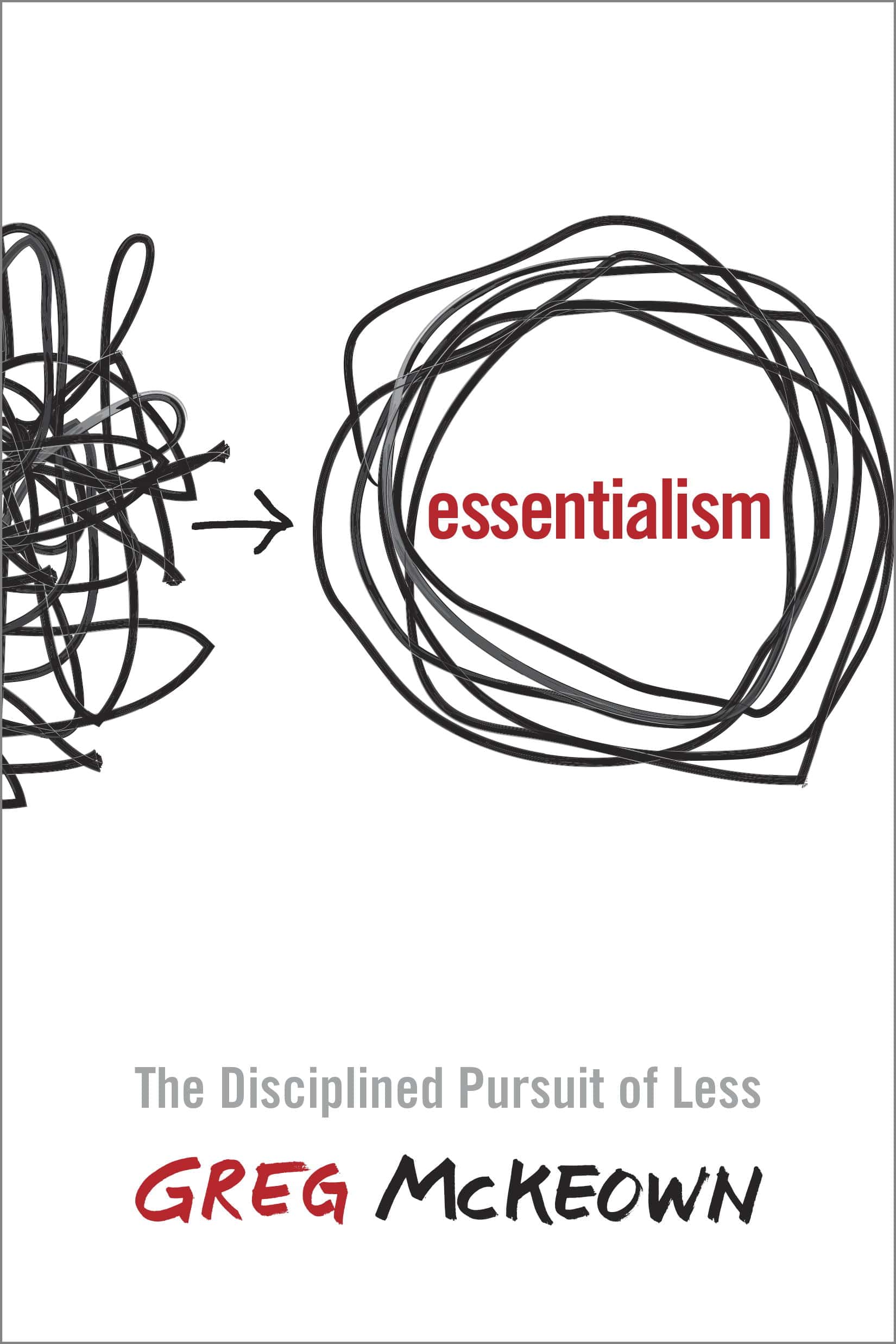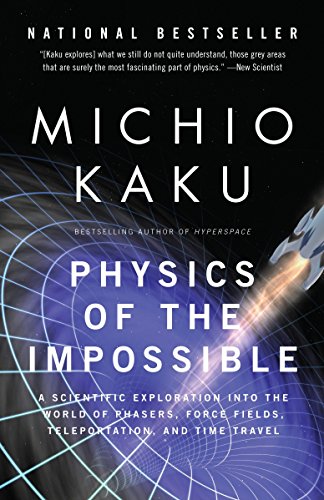The 20 Best Books to Read for Students
While on the journey of education, a good book can quickly become a steadfast companion – which is why we’ve created our list of the 20 best books for students. We have deeply enjoyed getting lost in the worlds that live between the pages of these books.
This curated list presents a diverse range of genres and themes, with each selection being not only a literary gem but also a source of wisdom, empathy, and inspiration. From classic novels to contemporary masterpieces, these books promise to expand your horizons and shape your perspective on life.
Table of Contents
- The Top 10 Fiction Books to Read for Students
- 1. To Kill a Mockingbird – by Harper Lee
- 2. The Great Gatsby – by F. Scott Fitzgerald
- 3. Of Mice and Men – by John Steinbeck
- 4. Animal Farm – by George Orwell
- 5. The Alchemist – by Paolo Coelho
- 6. Lord of the Flies – by William Golding
- 7. The Book Thief – by Markus Zusak
- 8. Fahrenheit 451 – by Ray Bradbury
- 9. Ella Minnow Pea: A Novel in Letters – by Mark Dunne
- 10. On Beauty – by Zadie Smith
- The Top 10 Non-Fiction Books to Read for Students
- 1. Surrounded by Idiots – Thomas Erikson
- 2. The 5AM Club – by Robin Sharma
- 3. The Power of Habit – by Charles Duhigg
- 4. Thinking, Fast and Slow – by Daniel Kahneman
- 5. The Psychology of Money – by Morgan Housel
- 6. The Productivity Project – by Chris Bailey
- 7. Essentialism: The Disciplined Pursuit of Less – by Greg McKeown
- 8. The Happiness Equation – by Neil Pasricha
- 9. Brain Rules – by John Medina
- 10. Physics of the Impossible – by Michio Kaku
- Conclusion
The Top 10 Fiction Books to Read for Students
1 - To Kill a Mockingbird – by Harper Lee
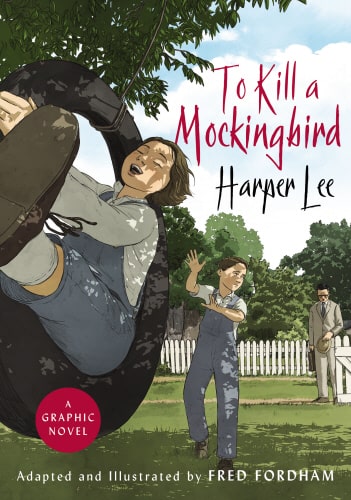
Image courtesy: Penguin Books
Publication date: 1960
Genre: Southern Gothic novel and Bildungsroman
Reading time: 6 hours 24 minutes
Book summary:
“To Kill a Mockingbird” is Harper Lee’s most famous novel, set in the racially segregated American South in the 1930s. It is told through the eyes of Scout Finch, a young girl, as she witnesses her lawyer father defend Tom Robinson, a black man accused of raping a white woman. Harper Lee weaves a story of growing up, of racial injustice, and of the loss of innocence in an elegant and heart-breaking fashion.
Why should students read this book?
Students should read "To Kill a Mockingbird" by Harper Lee because, despite taking place nearly a hundred years ago, the vital themes such as empathy, moral growth and the consequences of prejudice are still just as important today. Harper Lee also demonstrates rich character development and masterfully crafts literary techniques that make this novel a classic for a reason. It remains a valuable piece of literature that stands the test of time.
Book(s) by the same author: Go Set a Watchman (2015)
2 - The Great Gatsby – by F. Scott Fitzgerald
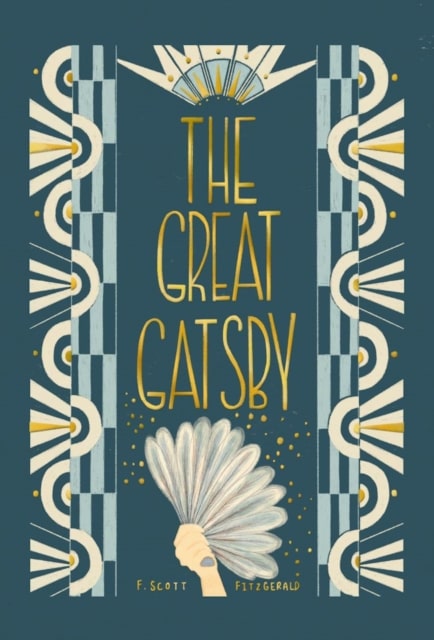
Image courtesy: Telegraph Books
Publication date: 1925
Genre: Classic novel and tragedy
Reading time: 2 hours 35 minutes
Book summary:
As a reader in “The Great Gatsby”, we witness the rise and fall of the mysterious Jay Gatsby through the eyes of Nick Carraway who moves to New York in the summer of 1922. Nick connects with Gatsby by proximity as his neighbour, and the two forge a tenuous friendship which centralises on Gatsby’s love for Nick’s cousin Daisy. The story unfolds as Gatsby, Nick, Daisy and her husband Tom enter a dangerous game of deception, hurt, and a need to project the successful American dream amidst suffering and chaos.
Why should students read this book?
Fitzgerald's exploration of societal decadence and the illusion of success via paths of dishonesty remains relevant today. It's a compelling study of human nature and the consequences of unchecked ambition that can be seen reflected in modern day social media.
Book(s) by the same author: This Side of Paradise (1920), The Curious Case of Benjamin Button (1922), Tender Is the Night (1934)
3 - Of Mice and Men – by John Steinbeck
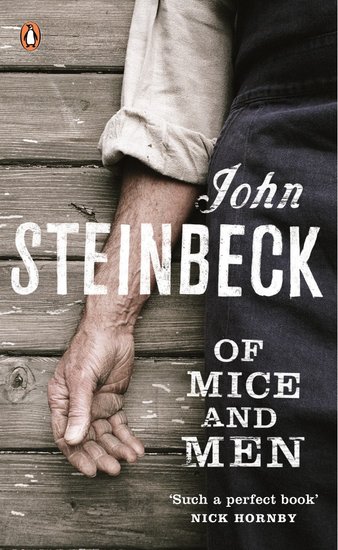
Image courtesy: Scholastic Shop
Publication date: 1937
Genre: Social realism
Reading time: 1 hours 50 minutes
Book summary:
In Steinbeck’s famous novel, "Of Mice and Men", unlikely pair George and Lennie form a family of their own in the dusty vegetable fields of California. The Great Depression has taken hold, but the pair stick together with a plan – to own an acre of land and a shack to call their own. George, known for being small and quick, cares for Lennie, who is of vast size but has the mind of a young child, and the two eke out a hand to mouth existence in pursuit of their dream.
Why should students read this book?
This heart-wrenching novel addresses themes of compassion, sacrifice, and the endurance we face against the human condition. Steinbeck powerfully creates a world that will entrap the reader, and in such a short amount of reading time, will bring them across the vast spectrum of emotions.
Book(s) by the same author: Grapes of Wrath (1939), Cannery Row (1945), East of Eden (1952), The Winter of our Discontent (1961)
4 - Animal Farm – by George Orwell
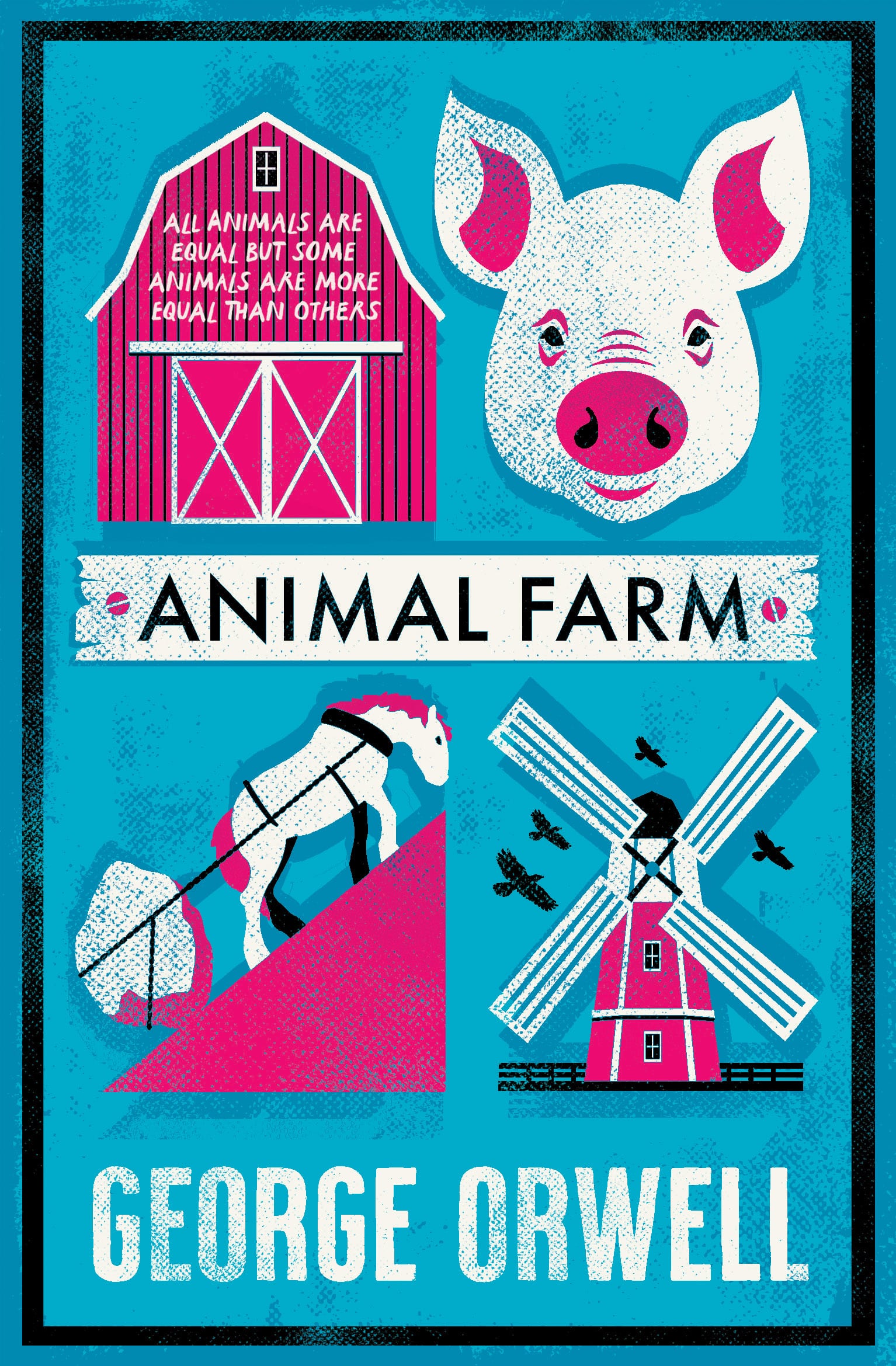
Image courtesy: Alma Books
Publication date: 1945
Genre: Animal fable and political satire.
Reading time: 1 hours 45 minutes
Book summary:
When Old Major, the old boar on Manor Farm, passes away - it sparks a revolution. The farm animals rise up against the drunken Farmer Jones and claim the farm for themselves, renaming it ‘Animal Farm’. The overworked, mistreated animals are faced with sudden freedom and set out to create a paradise of progress, justice and equality – but are soon faced with the challenges that come with authority and the abuse of power. Written as a satirical commentary of Stalinist Russia, Orwell manages to create a fierce fable that captivates the reader from start to finish.
Why should students read this book?
While the book was originally intended as political satire of the Russian revolution and the subsequent Soviet Union, the timeless commentary on power, corruption and the fragility of utopian ideals can be accessible in any place where freedom is attacked. It is a hearty reminder of the importance of safeguarding democratic principles in our tumultuous modern world.
Book(s) by the same author: , Down and Out in Paris and London (1933), Homage to Catalonia (1938), Why I Write (1946), 1984 (1949)
5 - The Alchemist – by Paolo Coelho
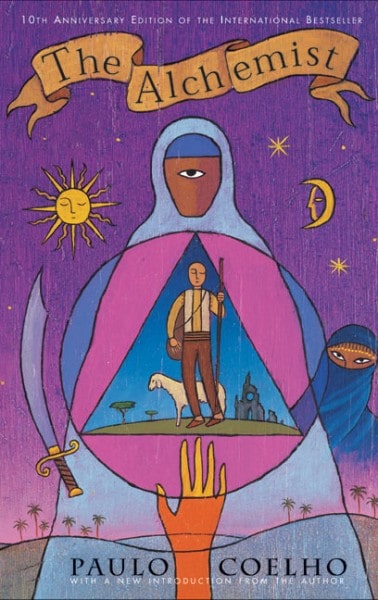
Image courtesy: Invisible Children
Publication date: 1988
Genre: Allegorical fiction and quest.
Reading time: 2 hours 15 minutes
Book summary:
Paolo Coelho’s famous novel follows the path of young shepherd Santiago, as he dreams of discovering worldly treasure. The reader is taken from Andalusia, Spain to the pyramids of Egypt, as Santiago journeys through the lands in search of the prophesised treasure. He encounters kings, beautiful women, travel companions, and (of course) an alchemist, each who help him understand his destined path a little bit better, until he is strong enough to reach the treasure he dreamed of at the base of the pyramids.
Why should students read this book?
"The Alchemist" is a spiritually enriching novel, which highlights not only the importance of listening to oneself, but also knowing when to accept help from others to pursue dreams to their fullest potential. It reminds the reader that learning to read omens and opportunities that cross our path in life can lead to riches beyond materialism.
Book(s) by the same author: Brida (1990), By The River Piedra I Sat Down and Wept (1994), Veronika Decides to Die (1998), The Witch of Portobello (2006), Adultery (2012)
6 – Lord of the Flies – by William Golding
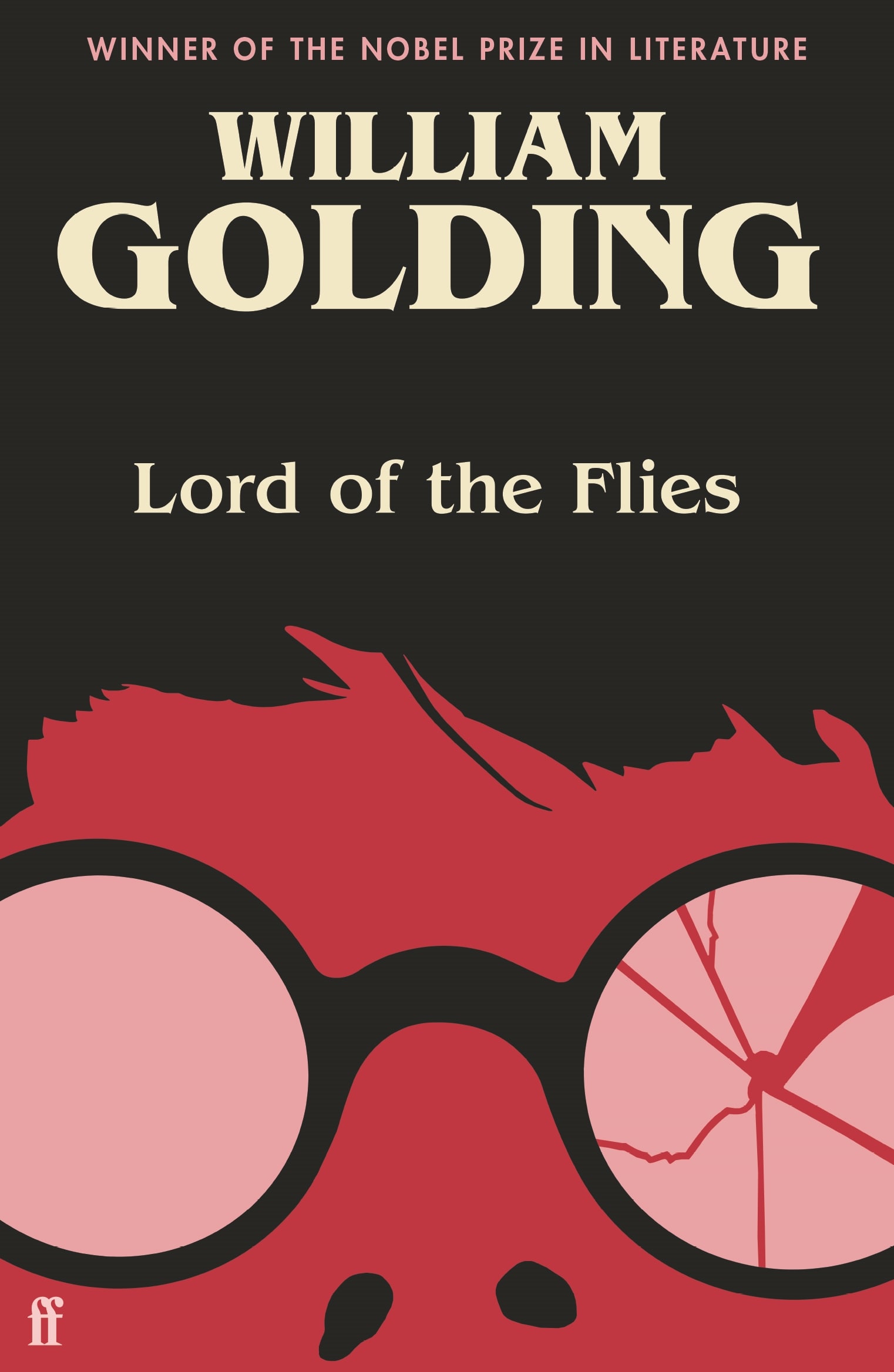
Image courtesy: Faber Books
Publication date: 1954
Genre: Allegorical fiction and dystopian fiction.
Reading time: 3 hours 30 minutes
Book summary:
While in the midst of a wartime evacuation, a British aeroplane crashes near a remote island in the vast Pacific Ocean. The only survivors are a group of school aged boys, who at first relish this new found freedom without supervision of parents or teachers. So removed from civilisation, the boys are able to do anything they ever wanted – which leads to unintended consequences as their attempt to form a society fails in the face of terror, sin and evil.
Why should students read this book?
"The Lord of the Flies" provides a stark examination of human nature, and queries whether or not we are able to rise above the inherent darkness in the human heart. Golding plays on the balance between order and chaos in an accessible way for any reader.
Book(s) by the same author: The Inheritors (1955), Darkness Visible (1979), The Double Tongue (1995)
7 - The Book Thief – by Markus Zusak
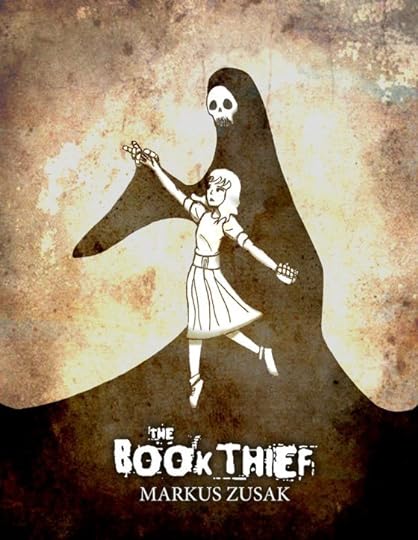
Image courtesy: Goodreads
Publication date: 2005
Genre: Historical fiction and coming of age story.
Reading time: 7 hours 10 minutes
Book summary:
"The Book Thief" is uniquely narrated by Death and follows the story of young Liesel who is living in Nazi Germany during WWII. As the world around them shifts and deteriorates, Liesel and her foster family try to adjust. Her love of reading is unmatched, and she steals books wherever she can, sharing them with her neighbours and the Jewish man her family hide in their basement. Liesel turns to the pages of books when the Germany rocks under chaos of warfare.
Why should students read this book?
Aside from the fact that "The Book Thief" is a modern classic, which touches on the power of stories and offers a unique perspective on the impact of literature in tumultuous times – it is also a story of friendship, compassion and is told in elegant language that will stick with the reader for years to come.
Book(s) by the same author: I am the Messenger (2002), Bridge of Clay (2018)
8 – Fahrenheit 451 – by Ray Bradbury
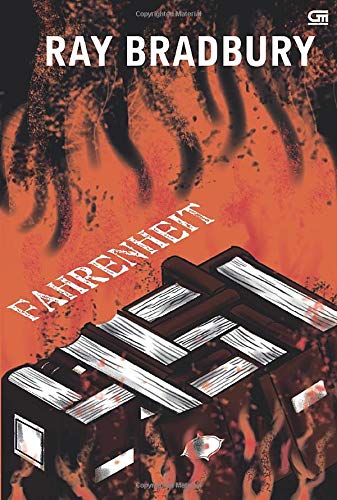
Image courtesy: AbeBooks
Publication date: 1953
Genre: Dystopian fiction.
Reading time: 2 hours 45 minutes
Book summary:
Readers are brought along a journey of discovery and disillusionment, as fireman Guy Montag goes about his daily work where he is to destroy printed books – deemed to be the most illegal item in this bleak dystopian future that Bradbury paints. For years, he never questioned his job, burning books and returning home to his depressed wife who spends all day with her television; until one day, a woman chooses death over the destruction of her books and Guy becomes curious. He steals one, and then another, until he is caught up in the underground lives of book lovers.
Why should students read this book?
"Fahrenheit 451" depicts a world governed by surveillance, robotics and virtual reality – a vision of Bradbury’s that proved remarkably prescient. In many dystopian novels, it is the government that forces change but here, as Guy Montag discovers, it was the apathy of the citizens that gave way to the book burning regime that was their reality. The government merely capitalised on the short attention spans and appetite for mindless entertainment. When distilled down, it can be easier to see why Bradbury’s book was banned, which makes it all the more important to read.
Book(s) by the same author: The Martian Chronicles (1950), The Illustrated Man (1951), Dandelion Wine (1957), Something Wicked This Way Comes (1962)
9 – Ella Minnow Pea: A Novel in Letters – by Mark Dunne
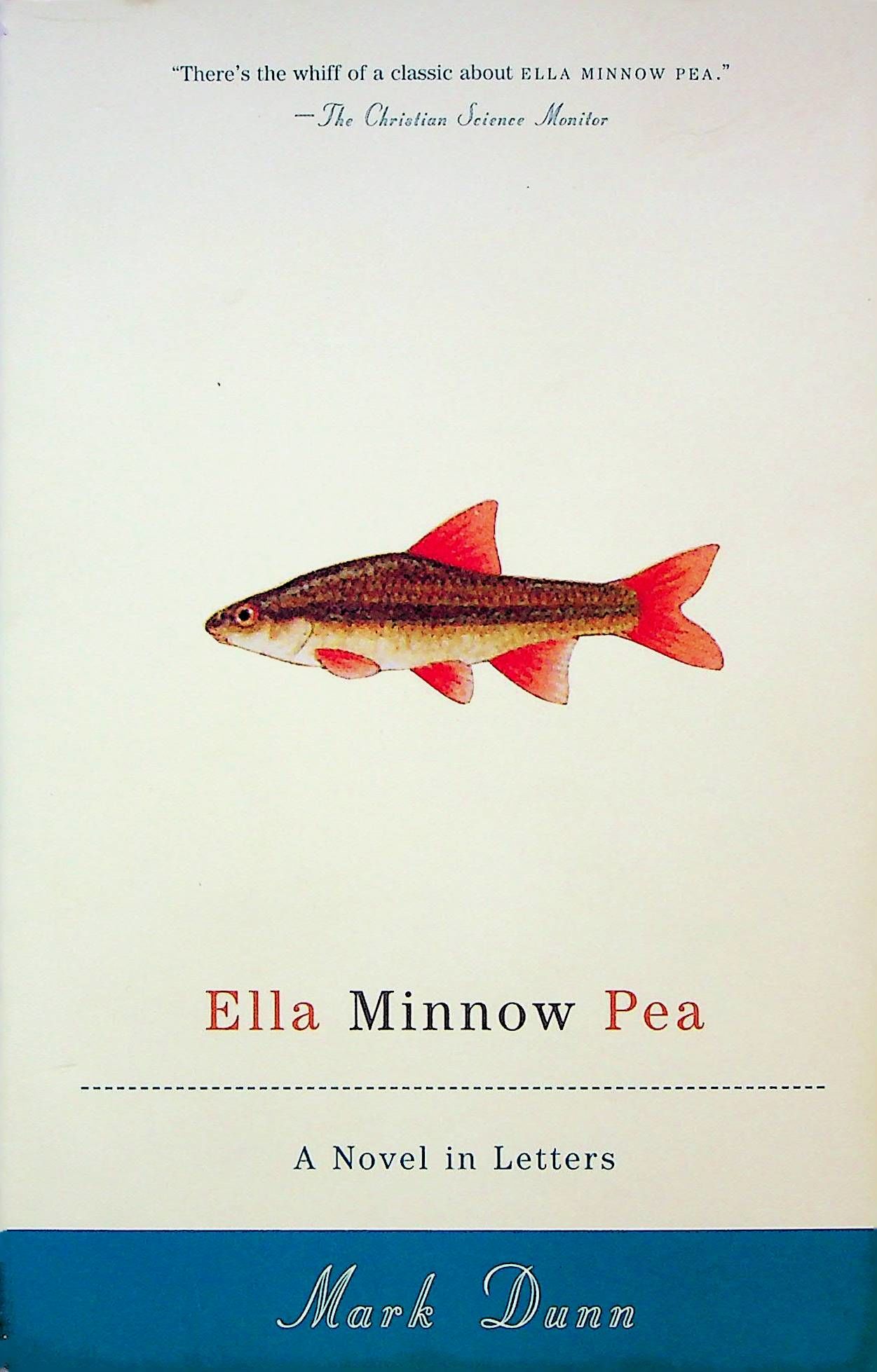
Image courtesy: Biblio
Publication date: 2001
Genre: A progressively lipogramatic epistolary fable.
Reading time: 3 hours 40 minutes
Book summary:
Set on the fictional island of Nollop, not far from South Carolina, the story of "Ella Minnow Pea" is told through the exchange of letters between residents on Nollop and a few family members on the mainland. Standing proud in the town square is a statue of Nevin Nollop, who coined the pangram ‘The quick brown fox jumps over the lazy dog’.
Ella finds herself acting to save her friends and family from encroaching totalitarianism as the local government bans the use of letters that have begun falling off the statue. As the letters progressively drop, so too do they disappear from the novel.
Why should students read this book?
Told with lightness and humour, "Ella Minnow Pea" touches on themes of totalitarianism, freedom of speech, and citizenship. Dunne manages to shine a light on these issues in a linguistic masterpiece that will delight any reader.
Book(s) by the same author: Ibid (2004), Under the Harrow (2010), American Decameron (2012)
10 – On Beauty – by Zadie Smith
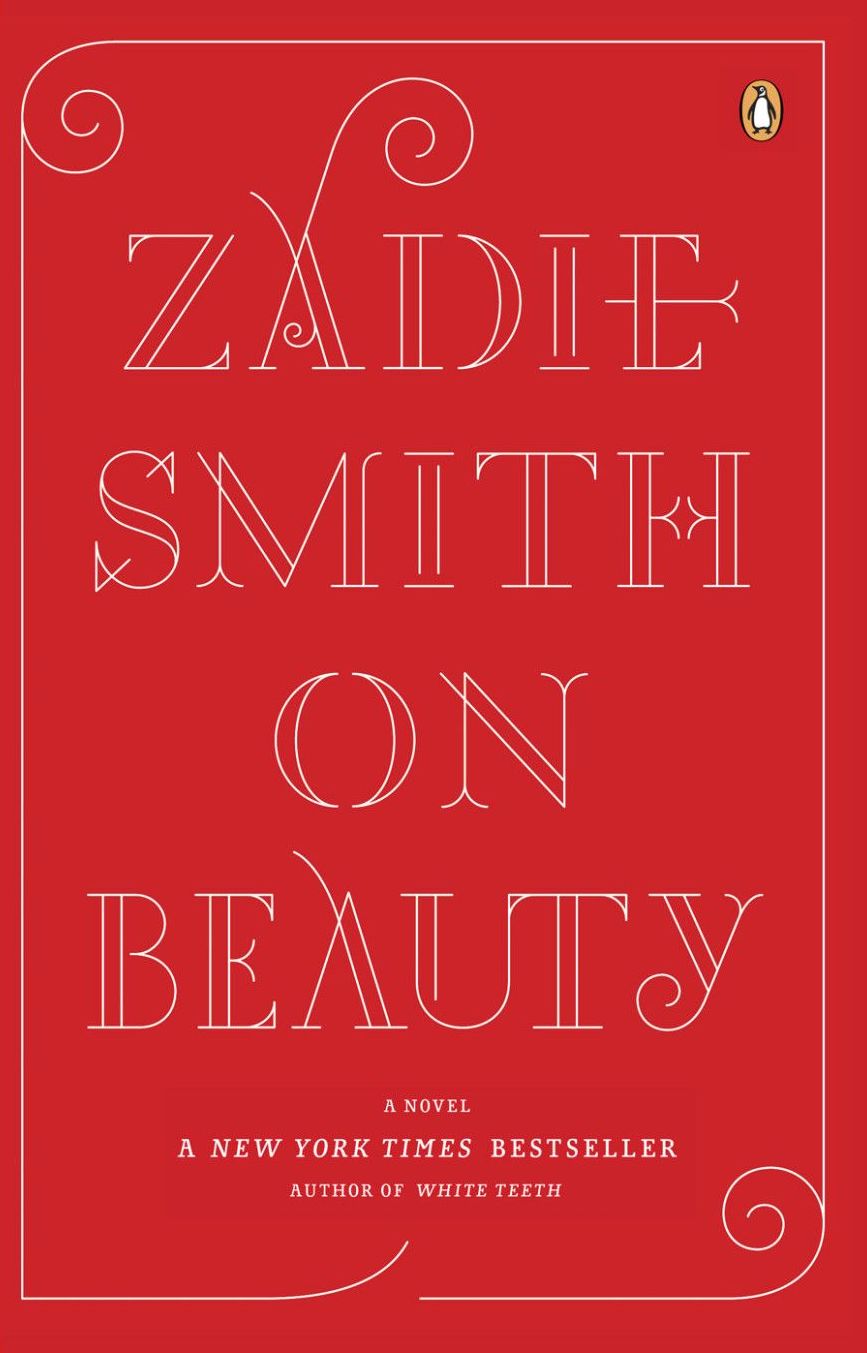
Image courtesy: Goodreads
Publication date: 2005
Genre: Saga fiction.
Reading time: 9 hours 30 minutes
Book summary:
"On Beauty" centres around the Belsey and the Kipps family, both vastly different but intertwined. Howard Belsey, a British scholar, lives in the USA with his activist wife Kiki, and their three children who are beginning their own paths. Levi quests after authentic blackness, Zora pursues intellect as a redeeming quality, and Jerome struggles through religion against the influence of his atheist family. The story crescendos as Jerome falls for Victoria, the daughter of Catholic Monty Kipps, and the families find themselves thrust together, questioning everything.
Why should students read this book?
Zadie Smith’s novel offers a nuanced examination of societal expectations, family life, the institution of marriage, and the intersections of the personal and political. She writes with wit, making it an accessible read that will have readers questioning their values, and why they love what they love. It is a novel that concerns itself with identity in the modern space.
Book(s) by the same author: White Teeth (2000), Swing Time (2016), Grand Union (2019), Intimations (2020), The Fraud (2023)
The Top 10 Non-Fiction Books to Read for Students
1 – Surrounded by Idiots – Thomas Erikson
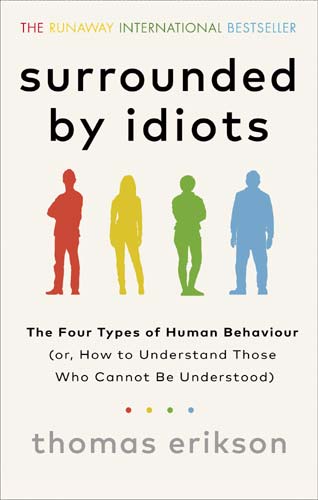
Image courtesy: Surrounded by Idiots
Publication date: 2014
Genre: Psychology.
Reading time: 5 hours 23 minutes
Book summary:
Erikson introduces the concept that there are four key behaviour types, which he allocates to different colours. Reds are dominant, yellows are social, greens are laid back and blues are analytical – and through this theory, Erikson shows the reader how to identify a friends or coworker’s colour and thus adjust how you speak and work with them.
Why should students read this book?
"Surrounded by Idiots" provides valuable insights into human behaviour, enhancing interpersonal skills crucial for navigating relationships in both personal and professional spheres. Erikson provides informative advice on how to interact with a variety of personality types and how best to work with them to achieve goals.
Book(s) by the same author: Surrounded by Psychopaths (2017), Surrounded by Bad Bosses (2018), Surrounded by Setbacks (2020)
2 - The 5AM Club – by Robin Sharma
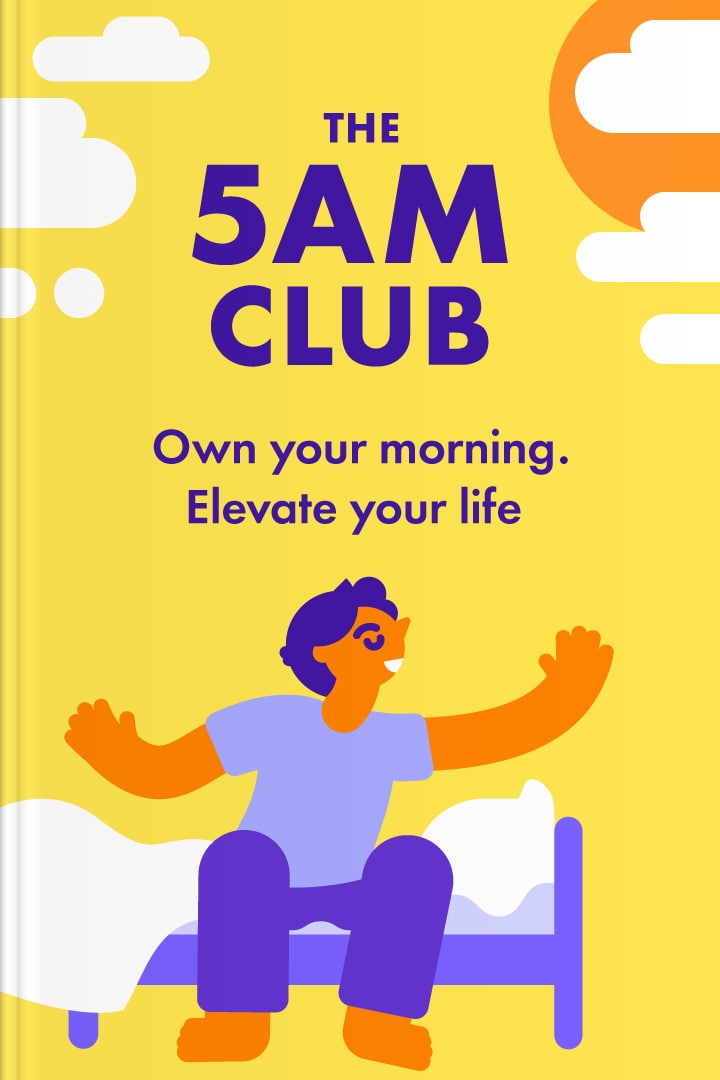
Image courtesy: Headway
Publication date: 2018
Genre: Self Help
Reading time: 5 hours 10 minutes
Book summary:
In "The 5 AM Club", leadership guru Robin Sharma presents a fictional story intertwined with practical advice on personal development, time management, and the benefits of waking up at 5 AM. Told with humour and light-heartedness, Sharma shows readers how great business minds start their day, offers advice on how to instantly wake up feeling inspired and focused, and generates a step-by-step method to protect those quiet hours of the morning so the reader can make the most out of being in the 5 AM club.
Why should students read this book?
Sharma advocates for a proactive approach to life, fostering discipline and setting the stage for success, and he does so in an approachable manner for any reader. He offers his advice in short, manageable bursts, and any student will find in its depths some new facet that they can polish and help benefit their life.
Book(s) by the same author: The Monk Who Sold His Ferrari (1996), Who Will Cry When You Die (1999), The Saint, The Surfer, and the CEO (2002), The Greatness Guide (2006)
3 - The Power of Habit – by Charles Duhigg
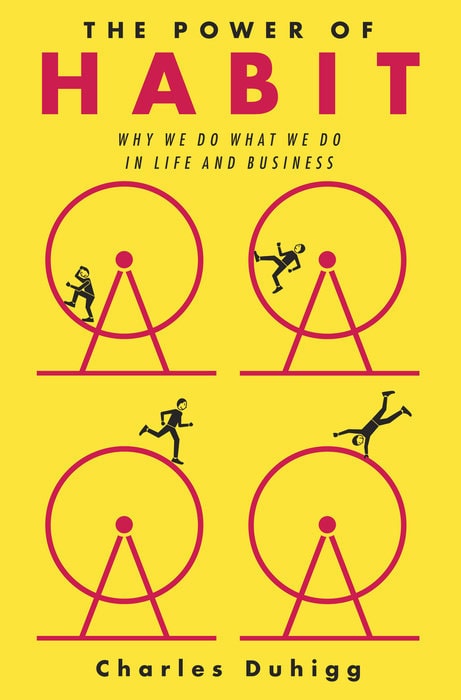
Image courtesy: Goodreads
Publication date: 2012
Genre: Self-help and productivity.
Reading time: 5 hours 35 minutes
Book summary:
Using anecdotes to connect to the reader, Duhigg explores the science behind habit formation and how habits shape individual and collective behaviour. He backs up claims with scientific research, investigating why some people struggle to change despite years of trying, and why some can change seemingly overnight. He peers into the human mind, as to how companies use habits to encourage customers to routinely buy their products – and how we readers can see our own habits and use them to our advantage.
Why should students read this book?
Duhigg equips readers with tools to understand and change habits, fostering personal growth and success in academic and professional pursuits. As he states himself, ‘habits aren’t destiny’ – readers can expect to learn more about how they can transform their communities, businesses, and lives. If nothing else, readers can expect to come away with a little more insight into how habits work and how corporations use them to their advantage.
Book(s) by the same author: Smarter Faster Better (2016), Supercommunicators (2024)
4 – Thinking, Fast and Slow – by Daniel Kahneman
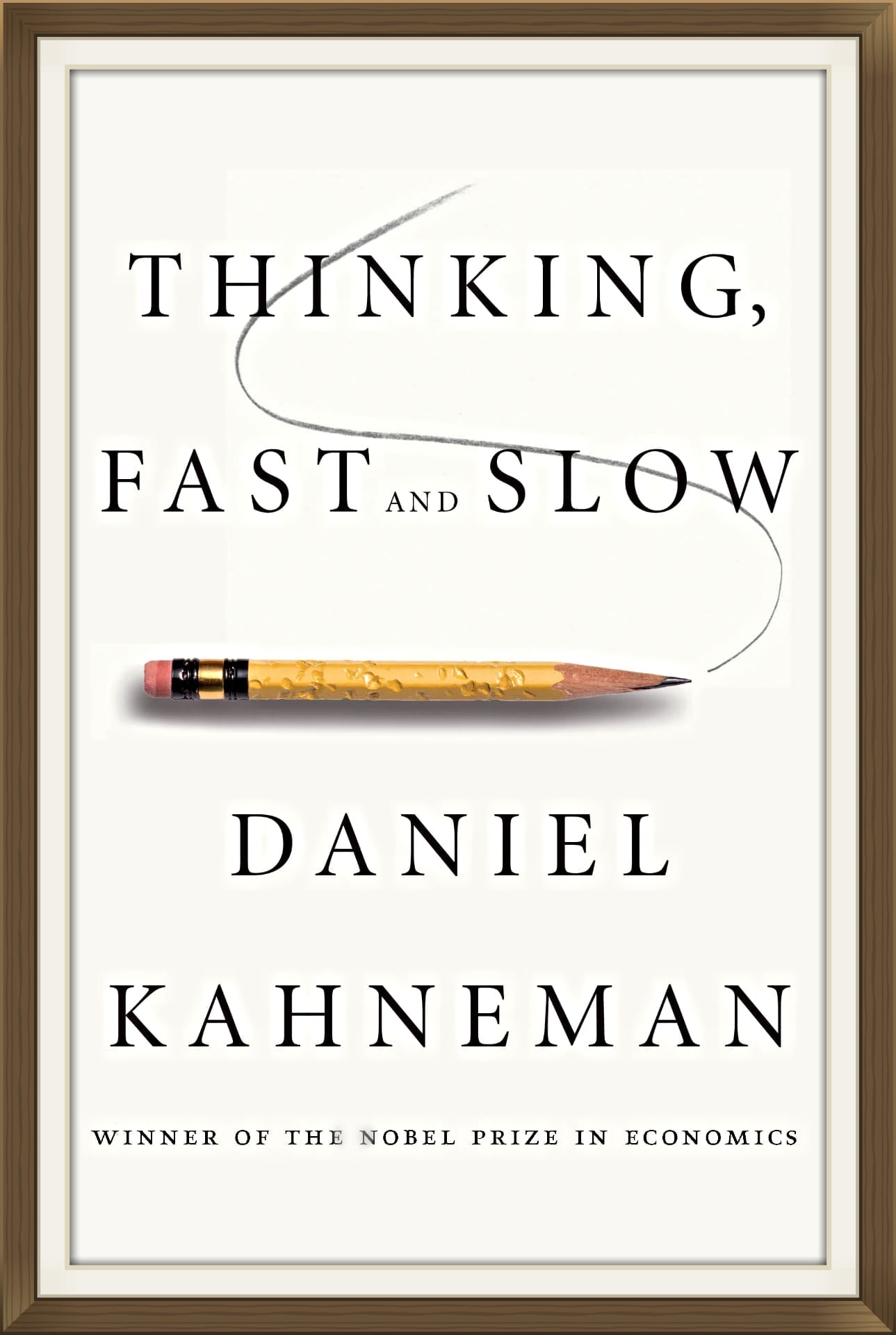
Image courtesy: Books of Titans
Publication date: 2011
Genre: Psychology and behavioural economics.
Reading time: 10 hours 10 minutes
Book summary:
Kahneman, a Nobel Prize-winning psychologist, engages the reader in a lively conversation about how we think. He explores the two systems of thought that drive decision-making: the fast, intuitive system, and the slow, deliberate system. He delves deeper into how choices are made in both the personal and business mind, and how these two systems of thought can help us navigate through the subtle art of thinking.
Why should students read this book?
Aside from providing insights into cognitive biases, enhancing critical thinking skills and decision-making abilities, Kahneman reveals the pervasive influence of intuitive impressions and how they get us into trouble. Students face academic, personal, and business issues daily – and Kahneman’s book helps slow down the thinking process and make space for rational thought in a fast-paced world.
Book(s) by the same author: Judgement Under Uncertainty (1982), Well-Being (1999), Choices, Values and Frames (2000), Noise (2021)
5 - The Psychology of Money – by Morgan Housel
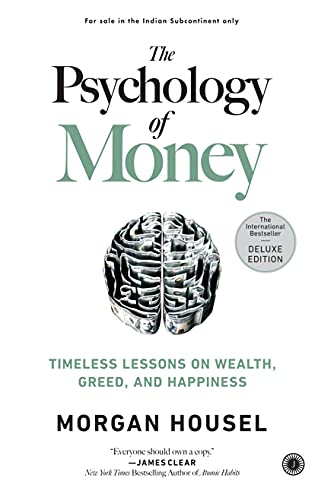
Image courtesy: AbeBooks
Publication date: 2020
Genre: Finance and psychology.
Reading time: 3 hours 10 minutes
Book summary:
In a collection of 19 short stories, Housel explores the psychological aspects of money and the behaviours that drive financial decisions, offering timeless lessons on wealth, success, and contentment. He assures readers that we are complicated beings who have complicated relationships with money – and that’s alright. In day-to-day life, financial decisions aren’t made on an excel spreadsheet, but at dinner tables, in meeting rooms, or on the go.
Why should students read this book?
In "The Psychology of Money", Housel breaks down the stigma of financial knowledge – relating to the reader though anecdotal evidence that we don’t need to know everything but can learn how to behave with money. It is accessible to ordinary people with little to no financial education, but still offers advice on habit that can impact even the savviest businessperson.
Book(s) by the same author: Everyone Believes It, Most Will Be Wrong (2011), 50 Years in the Making: The Great Recession and its Aftermath (2012), Same as Ever (2023)
6 - The Productivity Project – by Chris Bailey
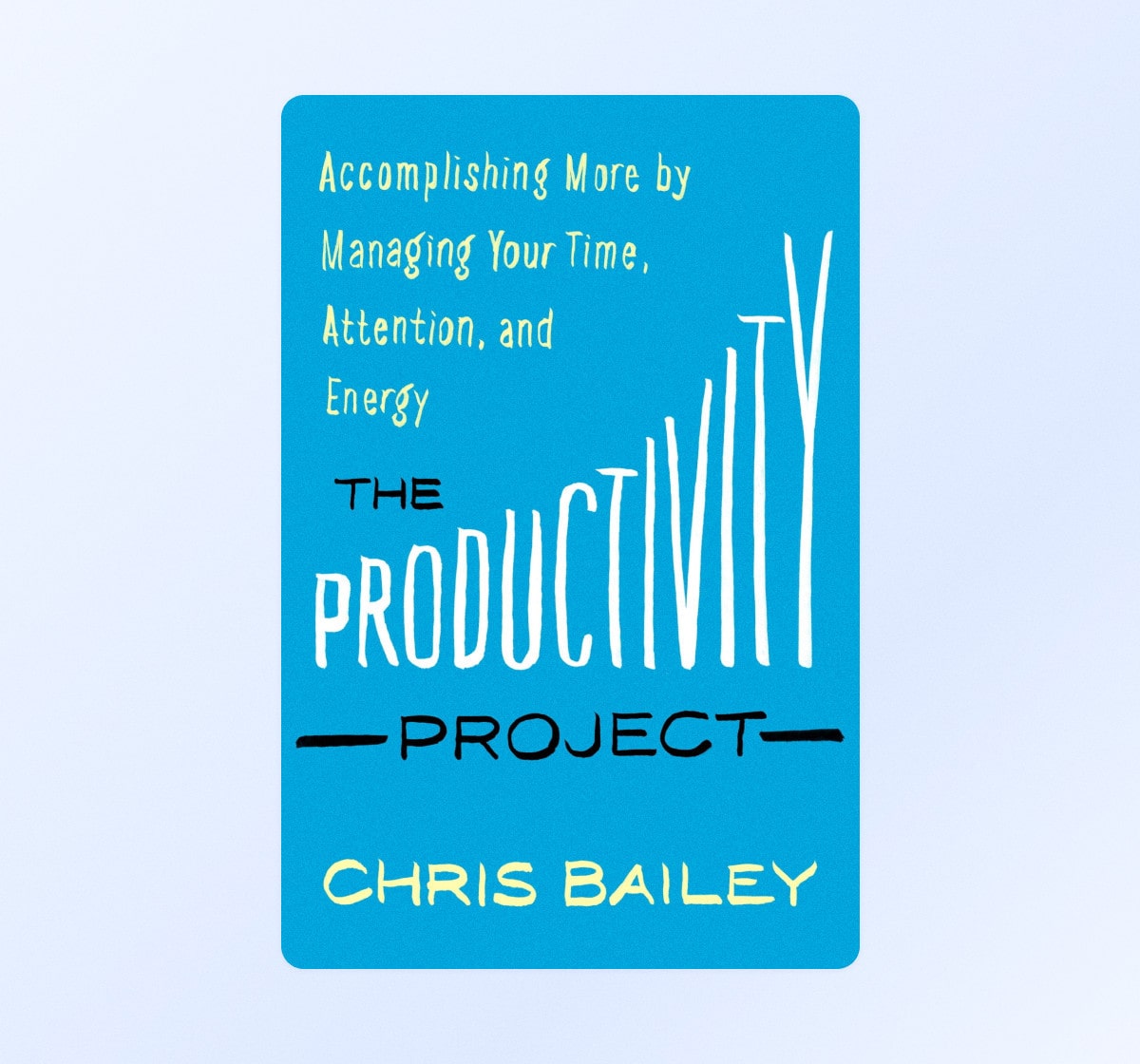
Image courtesy: HourStack
Publication date: 2016
Genre: Productivity and self-help
Reading time: 4 hours 20 minutes
Book summary:
After turning down a lucrative job offer, Bailey took a year to chase his passion in learning more about productivity. This year-long experiment in boosting productivity takes him through living in total isolation for ten days, giving up coffee and sugar, worked 90 hours a week, got up every day at 5:30, gained muscle mass – all so that the reader can learn more about what truly makes us more productive.
The book chronicles these experiences and interviews with some of the world's foremost experts in order to offer practical tips and insights backed by research to help readers achieve more with less effort.
Why should students read this book?
Bailey tells of his experience in concise chapters that are accessible to all readers and offers a treasure trove of insights. "The Productivity Project" provides actionable strategies for managing time and energy, enhancing efficiency in academic and personal pursuits.
Book(s) by the same author: Hyperfocus (2018), How to Train Your Mind (2021), How to Calm Your Mind (2022)
7 – Essentialism: The Disciplined Pursuit of Less – by Greg McKeown
Image courtesy: Stanford Innovation Review
Publication date: 2014
Genre: Self-help
Reading time: 3 hours 20 minutes
Book summary:
The reality is, we cannot have it all, and we need to commit to what our goal is. McKeown advocates for the essentialist mindset, focusing on what truly matters and eliminating non-essential tasks, decisions, and commitments. In doing so, in applying a more selective criteria for what is essential, we are empowered to reclaim control over our own choices and get only the right things done.
Why should students read this book?
Using a variety of formats, “Essentialism" empowers students to prioritise their time and efforts, fostering a more meaningful and purposeful approach to life. It allows the reader to see where decisions are being made for them by external people with their own agenda, and actively choose to focus only on their needs.
Book(s) by the same author: Multipliers (2010), Effortless (2021)
8 - The Happiness Equation – by Neil Pasricha
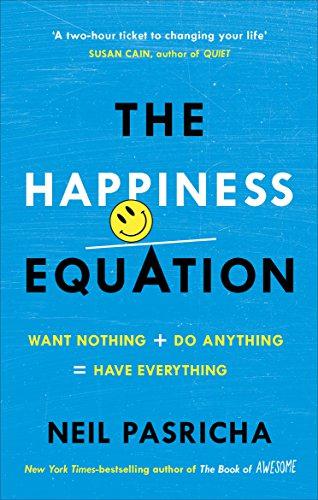
Image courtesy: AbeBooks
Publication date: 2016
Genre: Self-help and pursuit of happiness.
Reading time: 2 hours 50 minutes
Book summary:
Pasricha shares nine secrets to happiness, blending personal anecdotes with scientific research to provide a practical guide to leading a happier life. He illustrates how to want to note and do anything in order to have everything, as the byline goes. He goes in depth to each of the nine secrets, which have foundations in common sense, and provides practical and specific guidance on how to apply it to have a happier life.
Why should students read this book?
"The Happiness Equation" offers actionable steps for cultivating happiness amidst the challenges of student life and beyond. If the readers goals are rooted in happiness, this book can help them find ways to do small things better, compounding on them to create happiness that grows with success. The book is a quick and light-hearted read that will add joy to the day.
Book(s) by the same author: The Book of Awesome (2010), You are Awesome (2019)
9 – Brain Rules – by John Medina
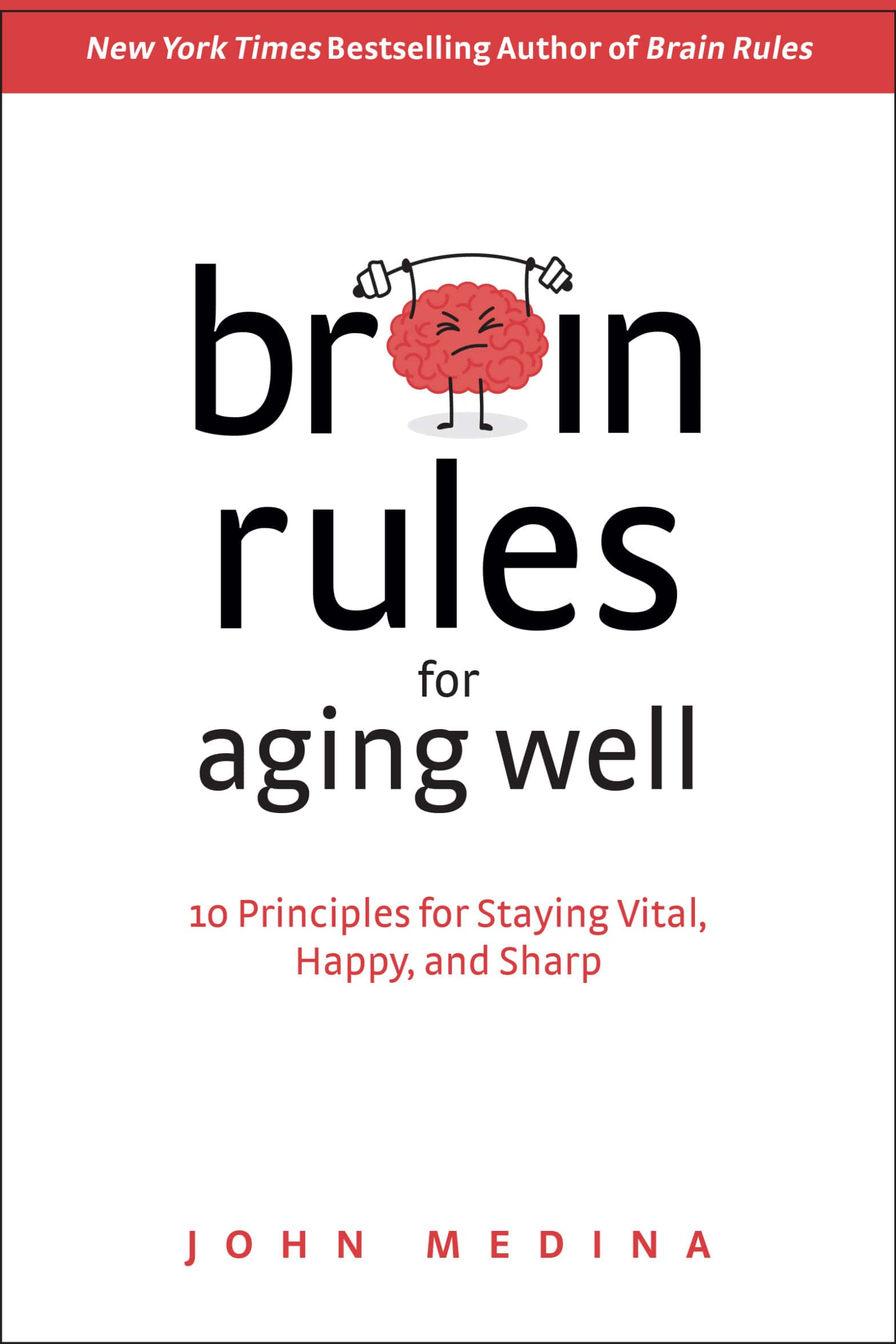
Image courtesy: Brain Rules
Publication date: 2008
Genre: Education
Reading time: 4 hours 10 minutes
Book summary:
"Brain Rules" is a collective of anecdotes and research from molecular biologist John Medina, who distils neuroscience research into 12 practical principles, providing insights into how the brain works and offering tips for optimal learning and performance. He approaches it with humour and curiosity and asks important questions as to how our brains work and offers transformative ideas for our daily lives.
Why should students read this book?
Aside from being an accessible and fascinating foray into neuroscience, "Brain Rules" equips students with knowledge about their brain, enhancing study techniques and overall cognitive performance.
Book(s) by the same author: Depression (1998), The Clock of Ages (1996), Your Best Brain (2014), The Science of Sleep (2017)
10 – Physics of the Impossible – by Michio Kaku
Image courtesy: AbeBooks
Publication date: 2008
Genre: Physics
Reading time: 6 hours 10 minutes
Book summary:
One of the more niche books on our list, in "Physics of the Impossible", Kaku explores the scientific basis for concepts once deemed impossible, from teleportation to time travel, providing a fascinating journey into the speculative realms of physics. He explores with curiosity the world of what we deem now to be science fiction and explores the fundamentals of the laws of physics as we know them. He then ranks these fantastic ideas based on when they may be achieved. It is a compelling and thought-provoking book about the possibilities of humanity.
Why should students read this book?
"Physics of the Impossible" stimulates curiosity, encouraging students to explore the boundaries of scientific understanding and envision future possibilities. It also holds space for dialogue on what we once saw as ‘futuristic’, such as mobile phones, deep space exploration, MRIs, and appreciating how far humanity has come in such a short time.
Book(s) by the same author: Hyperspace (1994), Einstein’s Cosmos (2004), Parallel Worlds (2004), The Future of the Mind (2014), The Future of Humanity (2018), The God Equation (2021)
Conclusion
In the vast library of literature, these twenty books stand as beacons of knowledge, inspiration, and introspection. As students embark on their educational journeys, these titles offer not only an escape into captivating narratives but also profound lessons that resonate across time and disciplines.
Whether exploring the complexities of human nature, delving into the mysteries of the universe, or seeking practical advice for personal and academic success, each book on this list has the power to leave an indelible mark on the reader's mind.
As one turns the pages of these literary treasures, it is valuable to remember that the journey of learning is not confined to textbooks and classrooms—it extends into the realms of imagination, empathy, and the wisdom contained within the pages of a well-chosen book.


